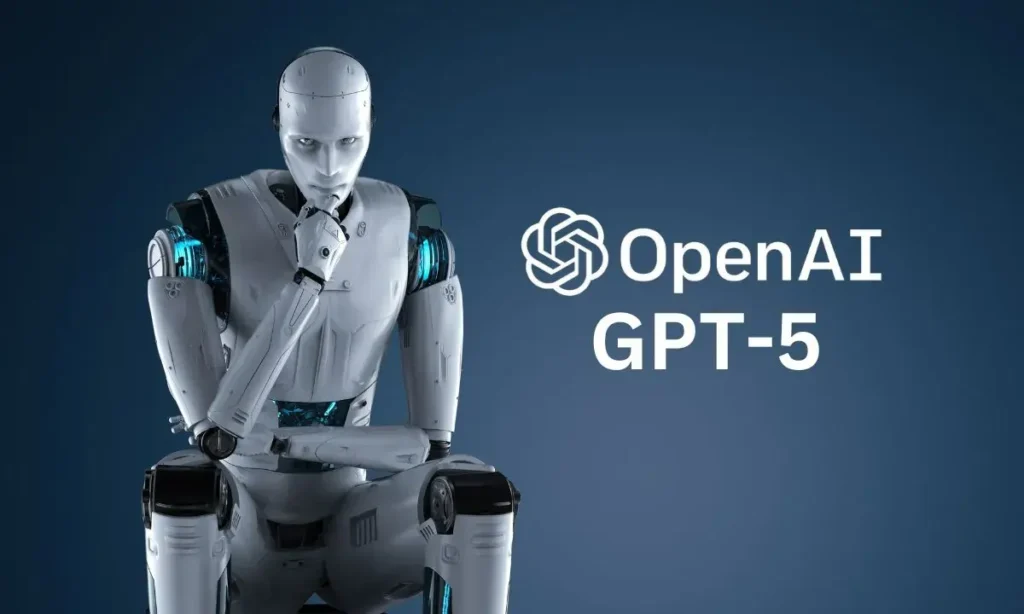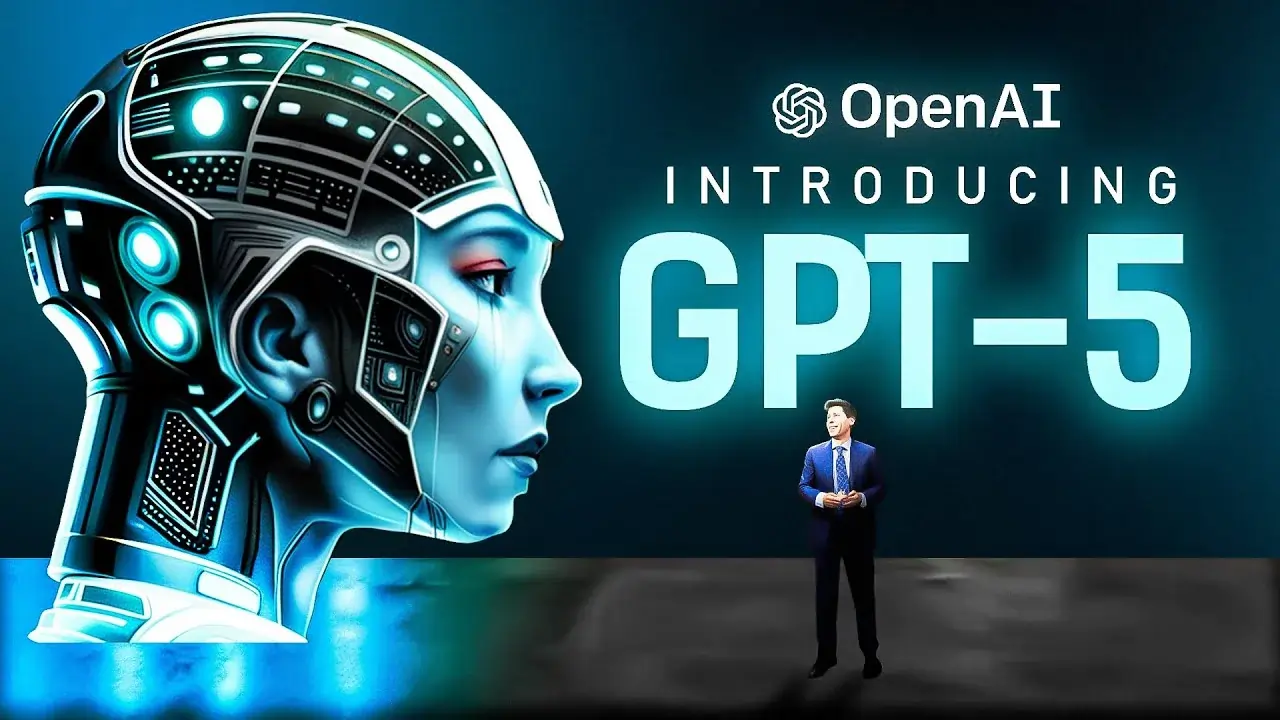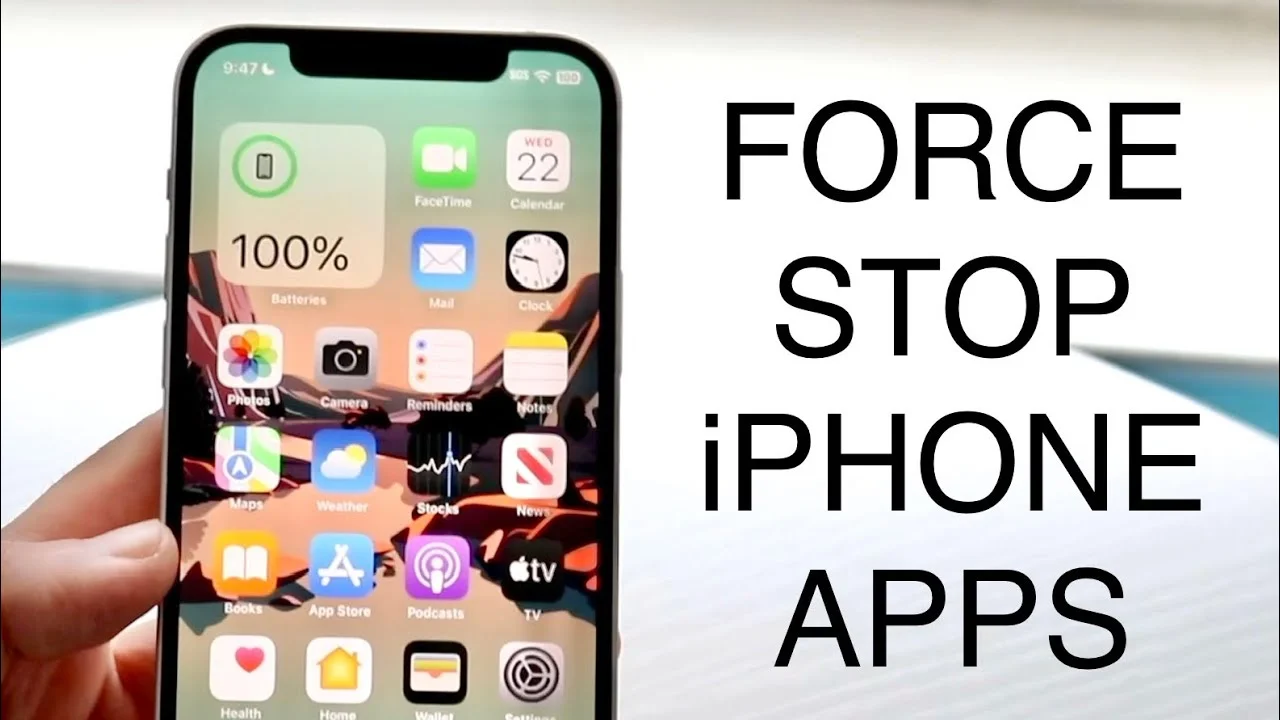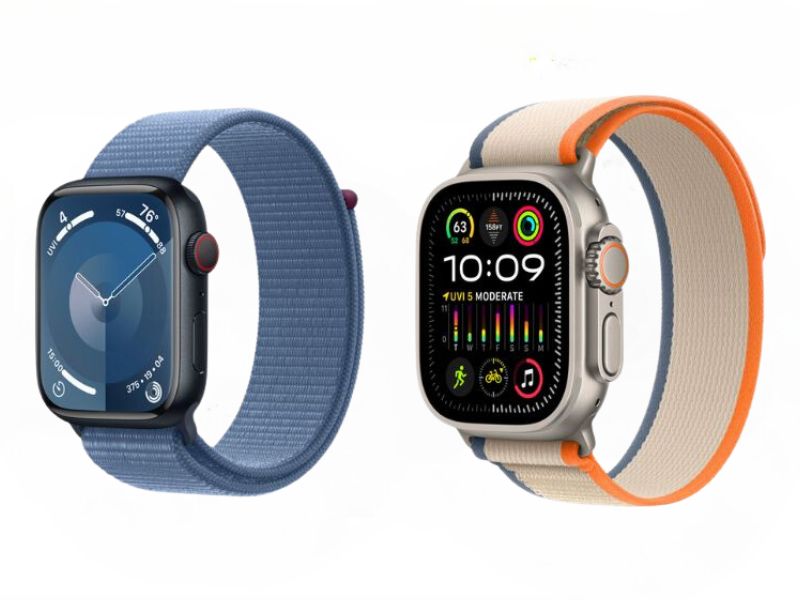Hold onto your hats, language enthusiasts and tech aficionados, because the landscape of artificial intelligence just took a giant leap forward! OpenAI recently unveiled its next-generation AI model, GPT-5, and it’s not just an upgrade, it’s a paradigm shift in the realm of language processing.
What Makes GPT-5 So Special?
Imagine an AI that can not only understand human language with remarkable nuance but also generate human-quality text, translate languages seamlessly, and even write different kinds of creative content. That’s the magic of GPT-5. Here’s a glimpse into its capabilities:
- Unmatched Understanding: GPT-5 has been trained on a massive dataset of text and code, allowing it to grasp the intricacies of human language like never before. It can decipher complex sentence structures, follow the flow of conversation, and even identify the sentiment and intent behind the words.
- Masterful Text Generation: Need a captivating blog post, a persuasive sales pitch, or even a poem filled with emotion? GPT-5 can handle it with ease. It can generate different creative text formats, adapting to various styles and tones while maintaining coherence and factual accuracy.
- Effortless Translation: Struggling with language barriers? OpenAI GPT-5 can bridge the gap. It translates languages with remarkable fluency, preserving the original meaning and intent while adapting to different cultural nuances.
But What Does This Mean for Us?
The implications of GPT-5 are far-reaching, impacting various aspects of our lives. Here are some potential applications:
- Revolutionizing Education: Imagine personalized learning experiences tailored to each student’s needs. GPT-5 can create customized study materials, answer complex questions in detail, and even provide feedback on writing assignments.
- Boosting Productivity: Say goodbye to repetitive tasks! GPT-5 can handle tasks like summarizing documents, writing reports, and generating emails, freeing up valuable time for human workers to focus on more creative endeavors.
- Breaking Down Language Barriers: Language will no longer be a barrier to communication or understanding. GPT-5 can translate content seamlessly, fostering collaboration and knowledge sharing across diverse cultures and languages.
- Enhancing the Creative Process: Whether you’re a writer, musician, or artist, GPT-5 can be your creative muse. It can help generate ideas, brainstorm concepts, and even write different creative text formats, sparking inspiration and igniting your creative journey.
A Word of Caution:

While the potential of GPT-5 is undeniable, it’s crucial to approach this technology with a critical eye. As with any powerful tool, there are potential risks like:
- Bias and Misinformation: Like any AI model, GPT-5 is only as good as the data it’s trained on. It’s essential to mitigate bias and ensure the information it generates is accurate and ethical.
- Job displacement: While GPT-5 can automate certain tasks, it’s essential to ensure a smooth transition and equip individuals with the skills needed to thrive in the evolving job market.
Also read – What is ChatGPT? Let’s know everything about ChatGPT.
The Future is Now:
With the arrival of GPT 5, the future of AI language processing is brighter than ever. As we navigate this exciting new landscape, it’s important to embrace the opportunities and advancements while proactively addressing potential challenges.
One thing’s for sure, GPT 5 is just the beginning, and the future of AI promises to be fascinating, thought-provoking, and full of possibilities.
Stay tuned for more exciting stories and subscribe to the USA Mirror newsletter to stay updated. Thank you so much for reading. We appreciate you valuable time.
Top 5 FAQs about OpenAI’s Groundbreaking GPT 5
What exactly is GPT 5?
GPT 5 stands for Generative Pre-trained Transformer 5, the latest and most advanced AI language model developed by OpenAI. It’s trained on a massive dataset of text and code, allowing it to understand, generate, and translate languages in remarkably sophisticated ways.
How is GPT 5 different from its predecessors?
Compared to previous versions like GPT-3, GPT-5 boasts several advancements:
Increased size and complexity: GPT 5 has a significantly larger parameter count, meaning it has more “learning capacity” and can handle more complex tasks.
Enhanced understanding: GPT 5 shows a deeper understanding of language nuances, including sarcasm, humor, and cultural references.
Improved generation capabilities: It can generate even more creative and human-like text formats, adapting to various styles and tones with ease.
What are some potential applications of GPT 5?
GPT 5 has the potential to transform various sectors, including:
Education: Personalized learning experiences, answering complex questions, and providing feedback.
Productivity: Automating repetitive tasks like document summarization and email generation.
Communication: Seamless language translation, breaking down language barriers for global collaboration.
Creative fields: Generating ideas, brainstorming concepts, and writing different creative text formats.
Are there any potential risks associated with GPT 5?
While exciting, GPT 5 also raises concerns like:
Bias and misinformation: Mitigating data bias and ensuring information accuracy are crucial.
Job displacement: Preparing individuals for a changing job market is essential as automation evolves.
What does the future hold for this new AI language processing?
GPT 5 marks a significant leap forward, but it’s just the beginning. The future holds promise for even more advanced AI models capable of even more complex tasks, further blurring the lines between human and machine capabilities.




